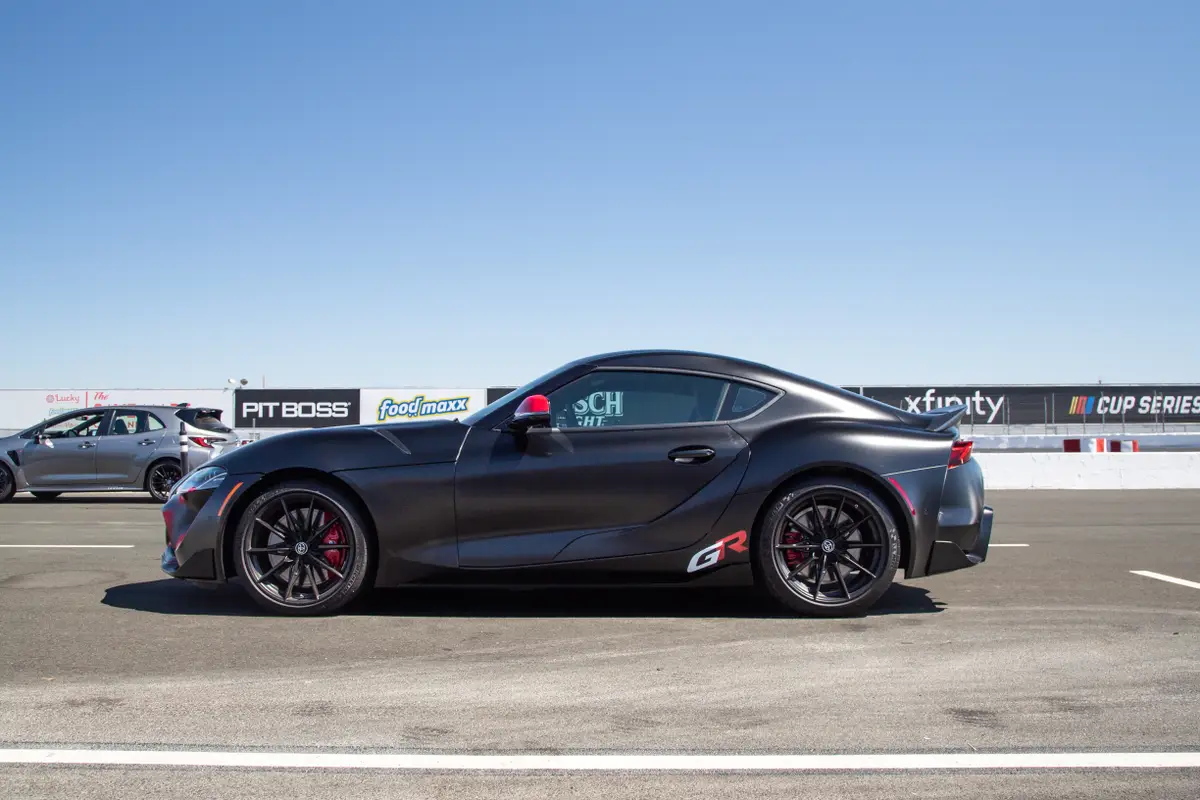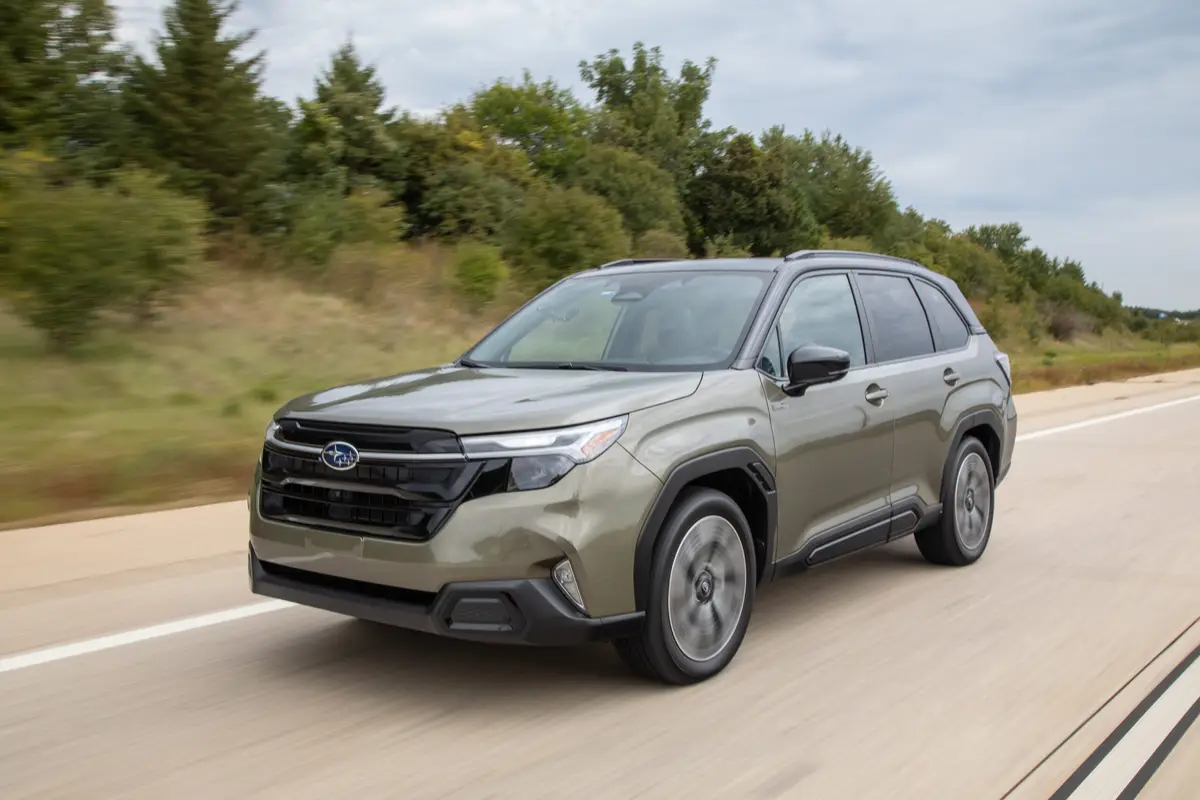Dodge Challenger SRT Demon: 10 Ways It's More Than a Hotter Hellcat


CARS.COM — It took two years of secret development under the code name “Benny” to bring the new Challenger SRT Demon’s V-8 engine to fruition, according to SRT powertrain engineers. Parts suppliers gawping at specifications (“You want it to flow how much air?”), nobody knowing the whole picture, with everyone fed just enough information to know what they needed to do but nobody — save a handful of people — knew the whole picture.
Related: Video: Hear the 2018 Dodge Challenger SRT Demon Under Full Throttle
Bringing the new 2018 Dodge Challenger SRT Demon to market was an exercise in corporate secrecy that would make the Department of Defense proud. In the end, they pulled it off. It’s an 840-horsepower drag-racing monster that will run high 9-seconds in the quarter mile straight off the showroom floor. That was the car’s development mantra, according to Tim Kuniskis, Dodge boss and the driving force behind the Demon. “Nines with light,” he said at a recent deep dive into the Demon development in Pontiac, Mich., referring to the targeted quarter-mile time and the desire to see daylight under the front wheels of the car when it launches (meaning it can do a wheelie for the first 3 feet of forward travel).
A lot of work went into making it possible, and what resulted is extraordinary. Here are 10 ways the Demon is much more than just a hotter Hellcat:
1. Over half of the engine components are new.
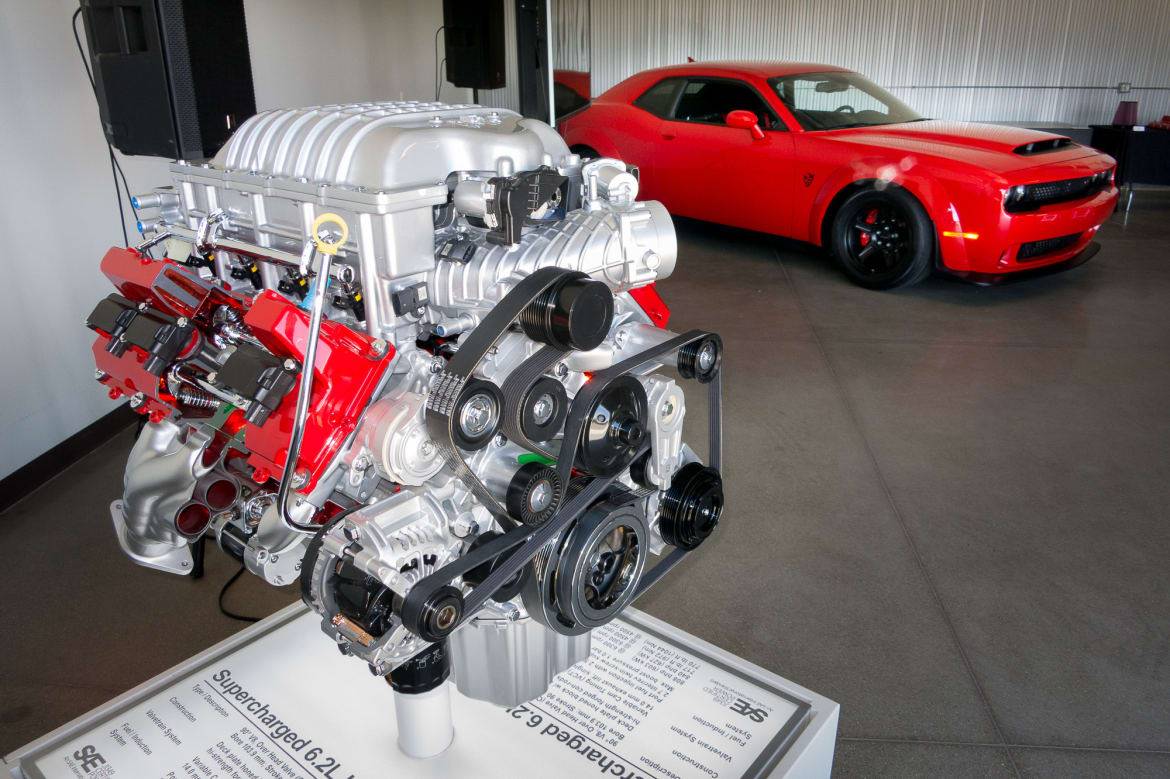
Sixty-two percent of the engine components, to be exact, are not shared with the Hellcat. This includes things like the pistons, supercharger, engine block, connecting rods and more.
2. The Demon engine flows 35 percent more air than a Hellcat

It has three air inlets (the Hellcat has two), a unique 92 mm throttle body and the biggest supercharger ever fitted to a passenger car engine. If it was hooked up to the cabin air vents, at full throttle it would suck all the air out of the cabin in just 800 feet of travel.
3. The induction system features a unique air-conditioning intake air chiller.
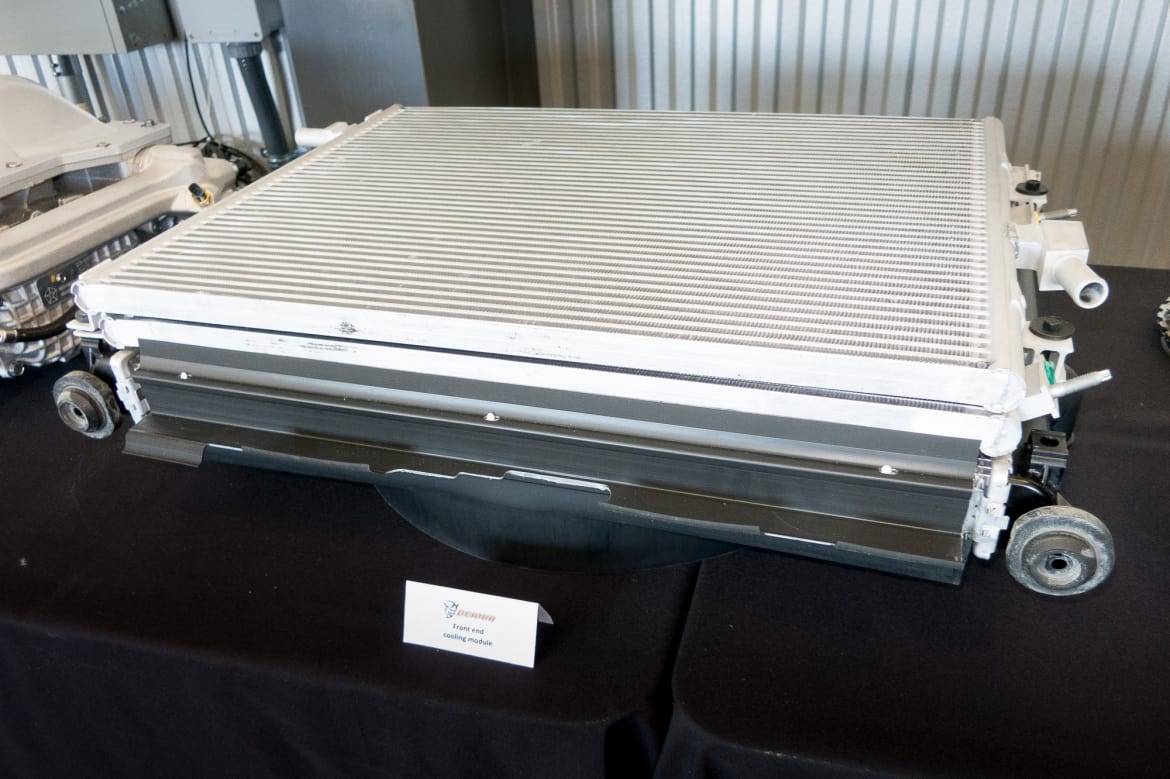
The air-conditioning coolant is piped into a heat exchanger to help cool the air coming into the engine. Keeping that air cold is important because at full tilt, the Demon engine puts out enough heat to boil one quart of water in 1.2 seconds, or the equivalent of 250 electric toasters going at once.
4. The Demon has a special 100-octane race gas setting.
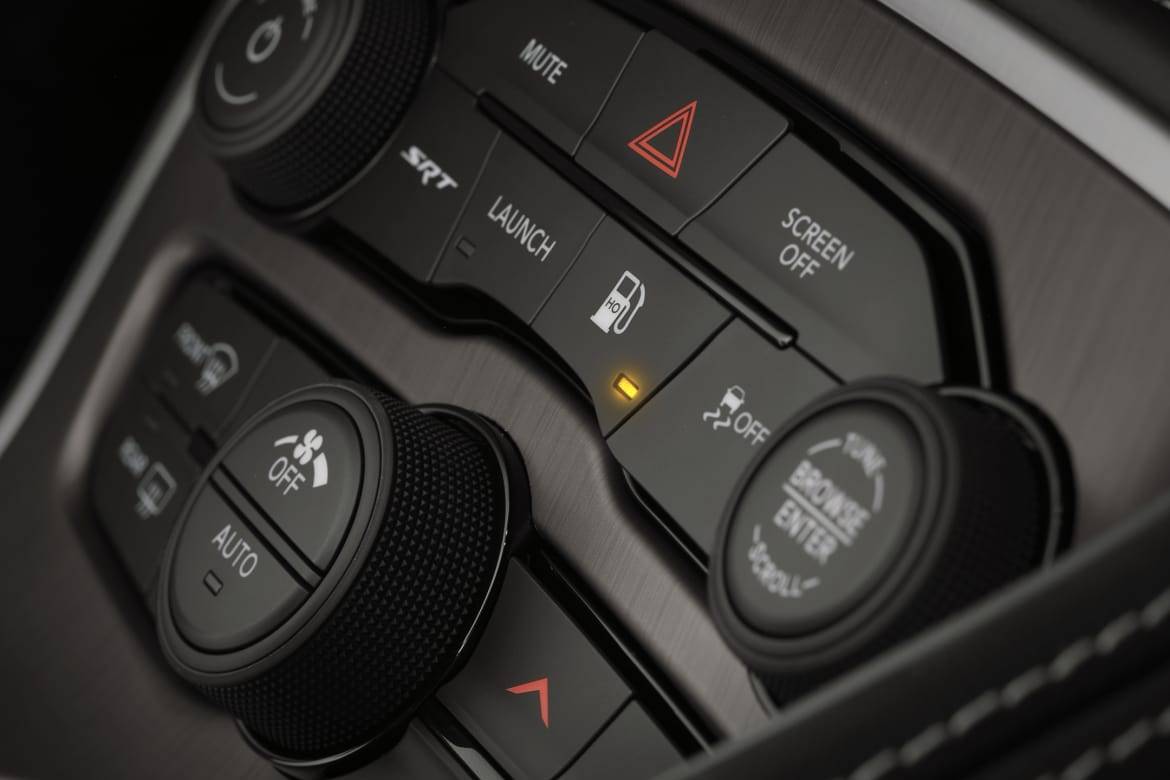
To make the full 840 hp, you have to run 100-octane gas, which you can find at some stations near tracks. Without that gas and the special button to activate that setting, you’re “only” making 808 hp.
5. There’s also an upgraded fuel delivery system.
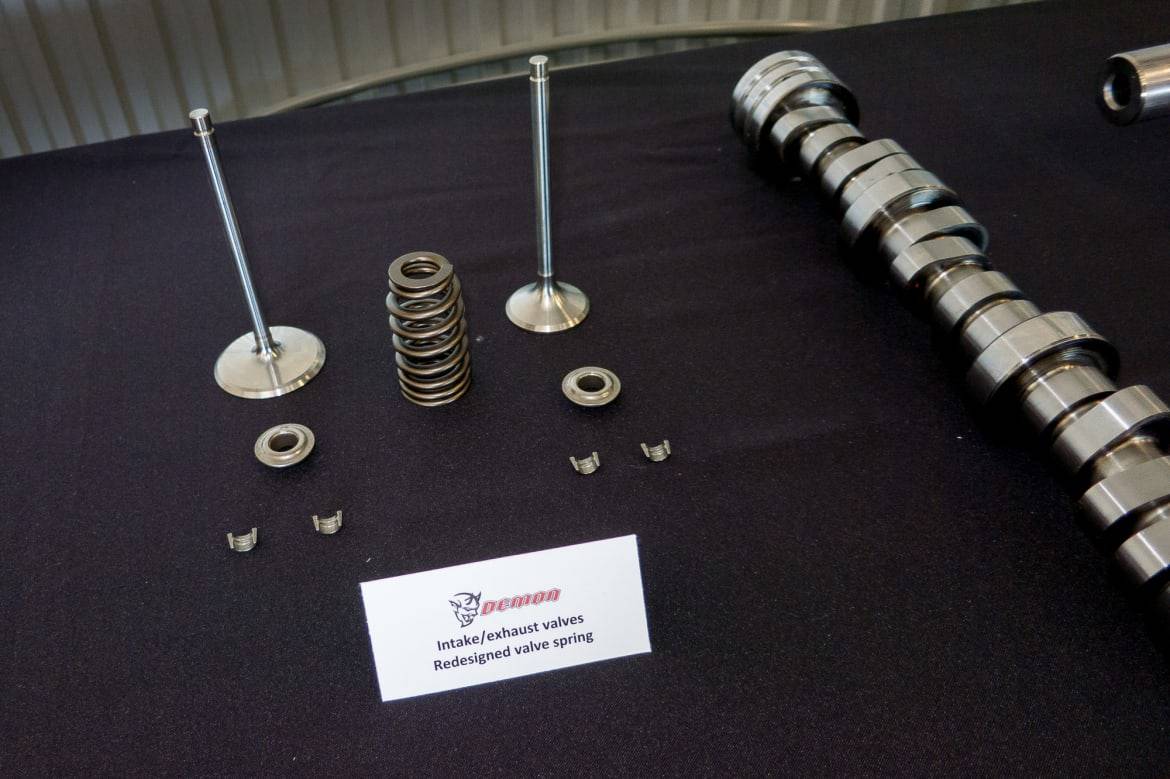
And there has to be — in order to make full power, the fuel system flows 1.36 gallons per minute of gasoline. Your average low-flow bathroom showerhead flows 2 gallons per minute.
6. The Demon has 534 pounds-feet of “launch torque” available.
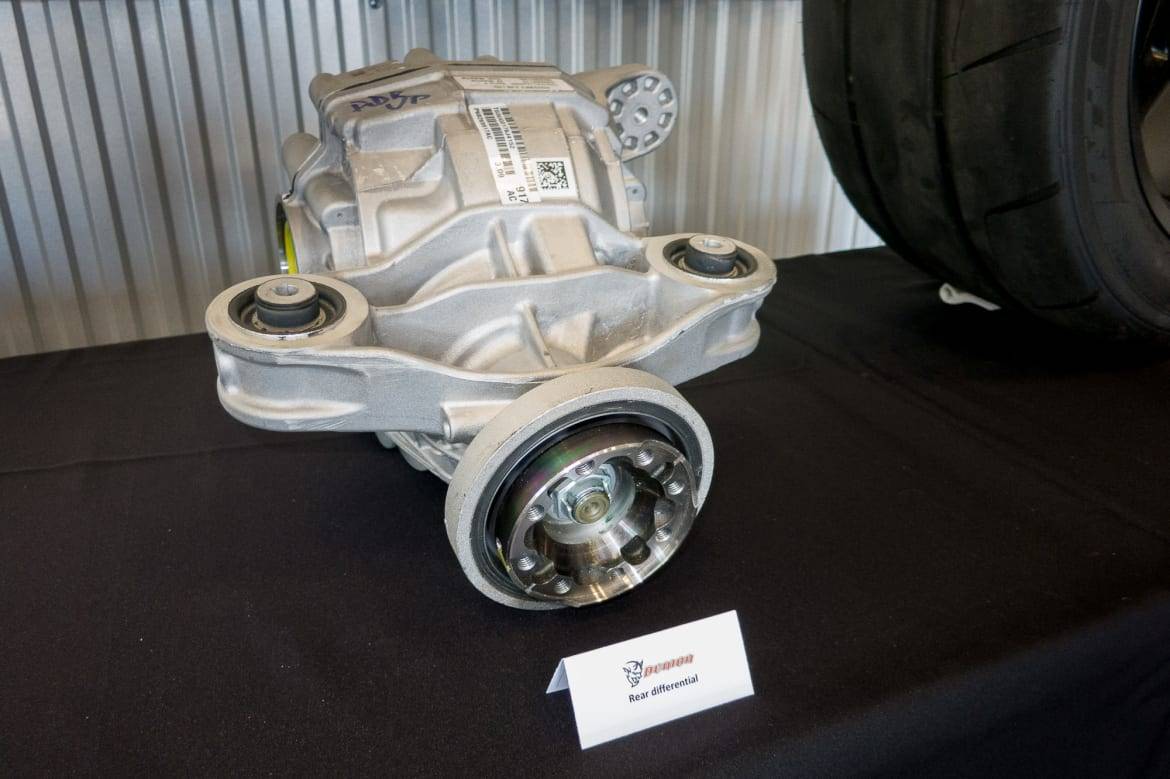
Thanks to the special Torque Reserve feature, a combination of supercharger tuning and spark retard, there’s a massive amount of torque available at launch, enabling those incredible quarter-mile times.
7. A line-lock wouldn’t hold the Demon in place for launch, so a TransBrake was added.
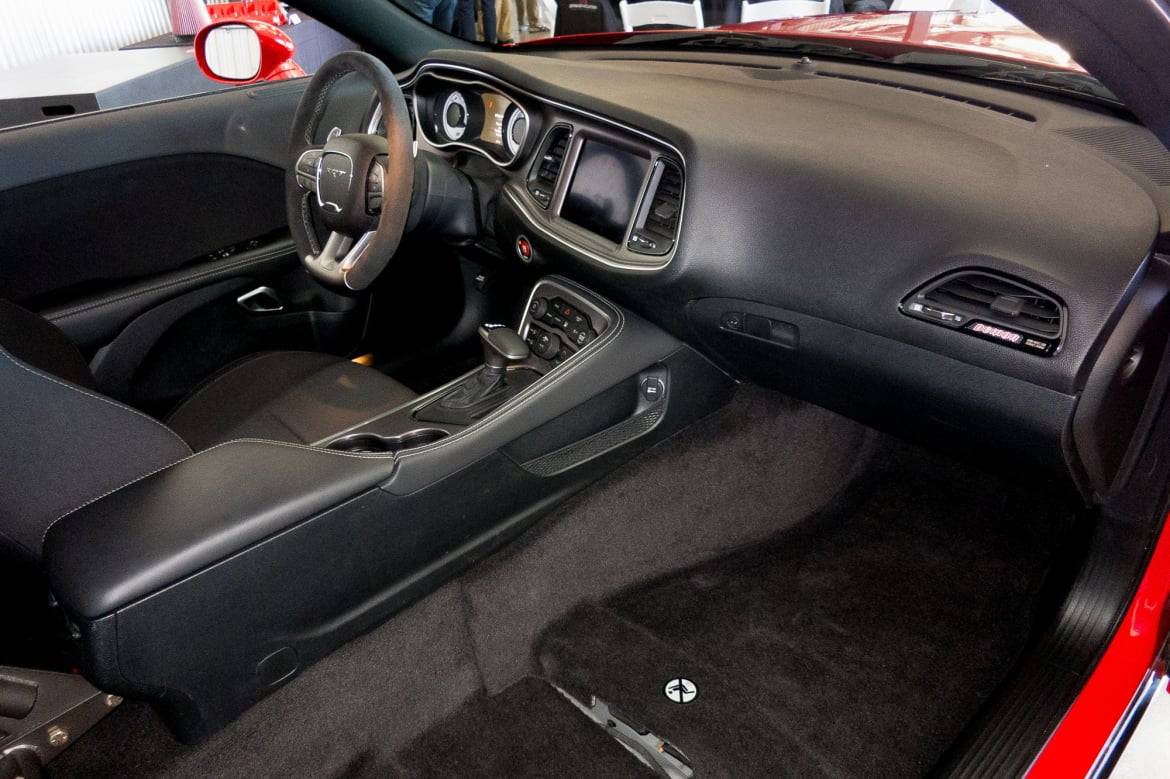
The Demon just makes too much power for a typical brake line-lock, so the transmission locks clutch packs A, B, C and E when the TransBrake is activated. It launches by releasing pack E when you pull the shifter paddles.
8. The pistons and connecting rods are beefier and shaped differently than the Hellcat engine.
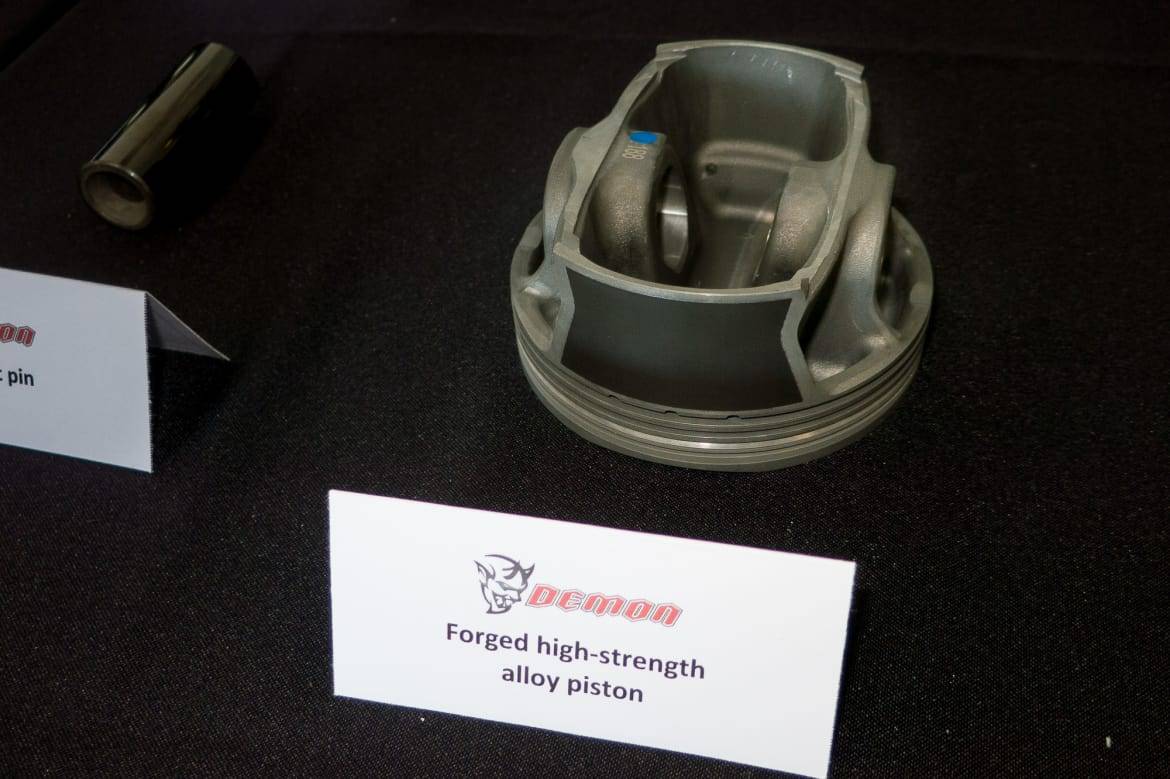
Again, they have to be — at full throttle, they get loaded with 11 tons of force, the equivalent of five Demons sitting on them. And this happens 50 times a second.
9. With standard sticky Nitto drag radial tires, the Demon can put down 40 percent more launch force than the Hellcat.
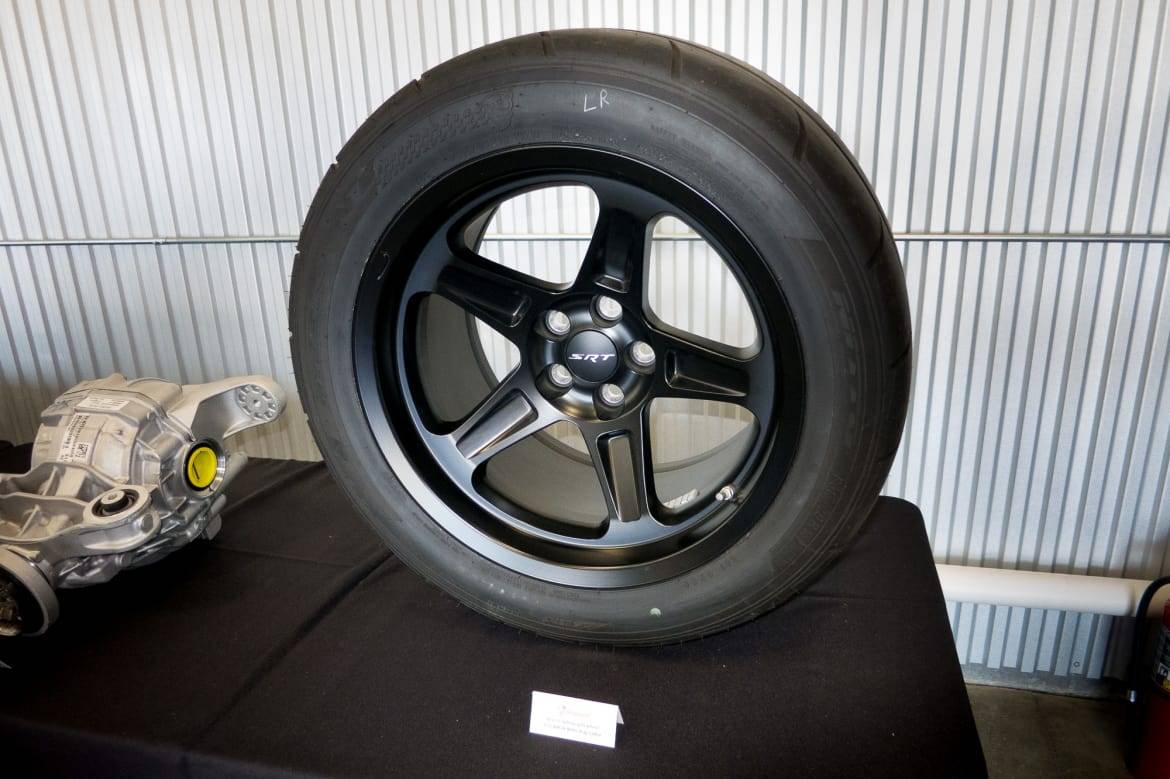
10. The eight-speed TorqueFlite automatic transmission is tuned differently than the Hellcat’s, and shifts slower than a Hellcat in drag mode.
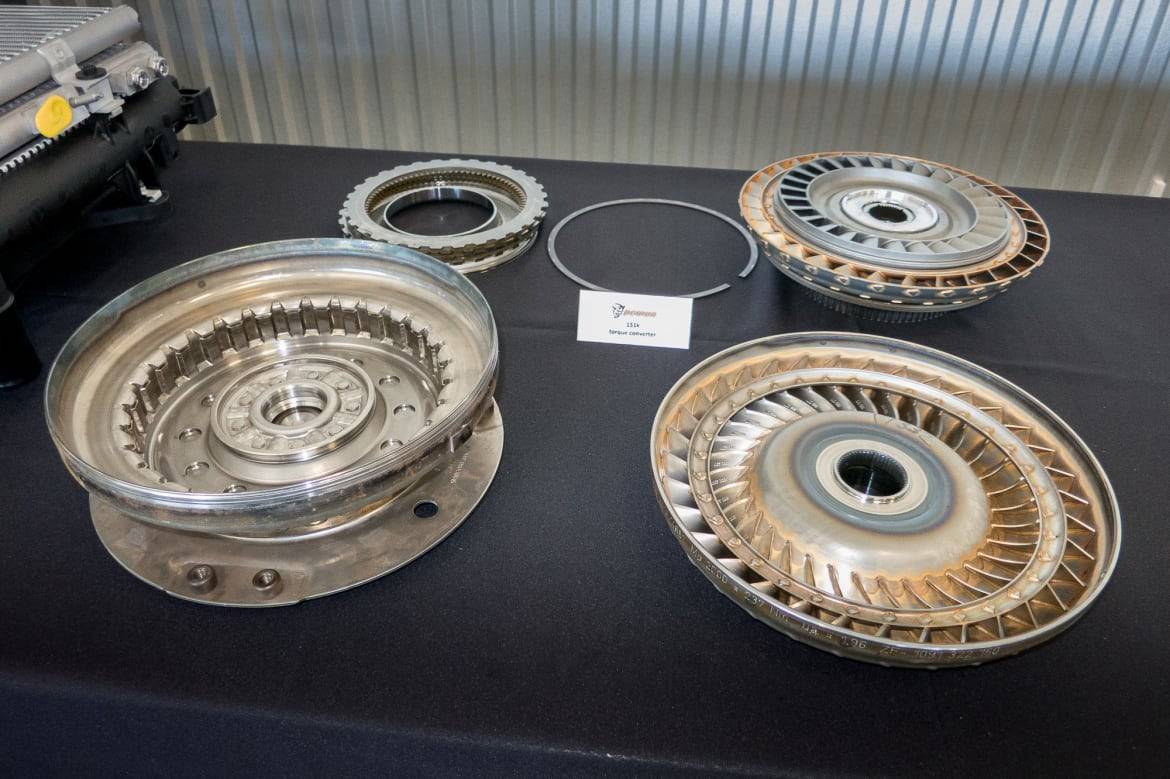
Using a different software tune allows for better torque management; the Demon makes its shifts in 400 milliseconds compared to the Hellcat’s 200 milliseconds.

Detroit Bureau Chief Aaron Bragman has had over 25 years of experience in the auto industry as a journalist, analyst, purchasing agent and program manager. Bragman grew up around his father’s classic Triumph sports cars (which were all sold and gone when he turned 16, much to his frustration) and comes from a Detroit family where cars put food on tables as much as smiles on faces. Today, he’s a member of the Automotive Press Association and the Midwest Automotive Media Association. His pronouns are he/him, but his adjectives are fat/sassy.
Featured stories
